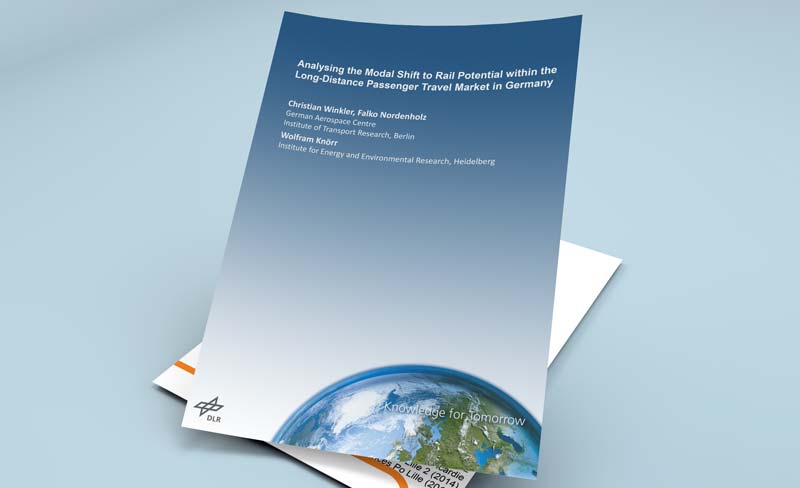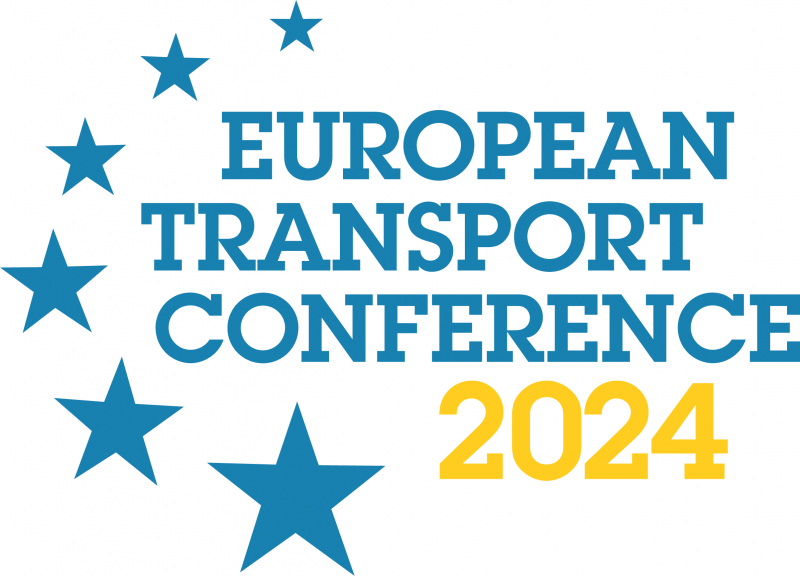-
Past ETC Papers

Browse, search and view papers from the past AET Conferences.
-
Members' Area

AET promotes networking and exchange of ideas, information and opportunities amongst members.
Conference Papers 2009
Noordwijkerhout, Netherlands
ETC Conference Papers 2009
Suburbanisation of jobs and commuter traffic: does employment decentralisation lead to travel-reducing commuting patterns? Empirical evidence from Germany, 1987-2007
Seminar
Day 1 (5 Oct 2009), Planning for Sustainable Land Use & Transport, Accessibility And Sustainability In Transport - The Effect of Urban Development on Travel Patterns, 13:30 - 13:30
Status
Accepted, documents submitted
Authors
D Guth, M Maciolek, C Holz-Rau, Dortmund University of Technology, DE
Short abstract
The paper examines the effects of employment suburbanisation on commuting patterns in German city regions from 1987 to 2007. The analysis is based on data on commuter flows taken from the 1987 census and the German Social Security Statistics.
Abstract
During the last couple of decades metropolitan areas have experienced considerable changes in travel behaviour due to the spatial deconcentration of economic activities to suburban places. A review of empirical studies shows, that the impact of decentralised metropolitan employment growth on changes in commuting behaviour has been a major topic in urban transportation literature. However, the evidence on how different structures of metropolitan regions affect commuting behaviour is ambiguous:
?X A first group of researchers argues that the suburbanisation of employment brings jobs and workers closer together, thereby leading to shorter commuting distances.
?X Despite ongoing suburbanisation during the past decades another group of researchers observes a continuous increase in commuting distances caused by a spatial mismatch of job and housing locations.
Although there is no clear evidence regarding the specific impacts of employment suburbanisation on commuting dynamics, the emergence of polycentric urban spatial structures with a multiple set of decentralised centers of economic activity has apparently affected travel behaviour in most North American and European metropolitan areas. While recent empirical research mostly focuses on US, French and Dutch urban regions, there is a striking research gap regarding German literature.
The German-Swiss research project ¡§Spatial accessibility and the dynamics of commuting in Germany and Switzerland 1970 to 2005¡¨, funded by the German Research Foundation and the Swiss National Science Foundation, aims to contribute to this research topic. It examines the question as to whether suburbanisation leads to travel-reducing spatial structures and focuses ¡V among others ¡V on the following hypotheses derived from literature:
1. The recent spatial development of employment has led to a more balanced jobs-housing mix.
2. Settlements with a balanced jobs-housing ratio are associated with lower commuting distances.
The paper presents findings from this research project. It examines the hypotheses mentioned above with a focus on German city regions. In order to identify how different urban spatial structures affect commuting patterns, monocentric (e.g. Hamburg, Munich) and polycentric regions (e.g. Frankfurt a.M., Stuttgart) are compared.
The empirical analysis is based on data on commuter flows (census and German Social Security Statistics) at the local scale from 1987 to 2007 provided by the Federal Statistical Office and the Federal Employment Agency. For each city region it is structured as follows:
First it is examined whether a suburbanisation of employment has in fact taken place between 1987 and 2007. For this, the spatial development of employment in the core city/cities is compared to the equivalent in the corresponding suburbs. Secondly, for all municipalities the balances of employed residents and workers are compared over time. This serves to find out whether workplaces and residences have become located closer together, which is a necessary condition for a reduction of commuting distances. Finally, the focus is on the changes of commuter flows between 1987 and 2007. For this purpose, different indicators derived from commuting data are used for measuring the shares of people who commute and the average commuting distances. By doing so, it can be detected whether or not a reduction of commuting has occurred.
Documents:

Association For
European Transport
Forester House
Doctors Lane
Henley-in-Arden
Warwickshire, UK
B95 5AW
+44 (0) 15 64 793552
VAT number: 710 1866 64
Conference Supporters & Endorsers




Legal Entity
The Association for European Transport is registered as an Association ('vereniging') with the Chamber of Commerce for Haaglanden in The Netherlands under company number 27170096.
Built on Zenario




